|
Unit Overview: In this unit, students read Everything Here is Beautiful, a novel that examines the intersectionality of immigration, race, mental health, and gender, though this unit focuses primarily on the aspect of mental health. The unit culminates with a creative, group project called "Stop the Stigma, Spread the Love," in which students research and present a specific mental illness, in order to educate, build empathy, and stop stigmatization.
Student Reflections:
Project Overview: In this project, each student will decide upon an object or visual, that can be drawn using rewritten polar equations. (The polar equations must be rewritten parametrically.) Many students chose a picture that revealed something about who they are as individuals (see examples below).
Student Reflections:
Lesson Overview: In this lesson, each student self-reflects on aspects of identity, which which currently play the most (and least) prominent roles for their personal identity. Each student creates a pie chart as a visual representation.
Project Overview: In this multi-day project, the class first works together to examine different graphs, which relate to climate change. In particular, one of these graphs (see below) illustrates the intersection of environmental health and race. After this initial classwork with graphs, students then use this document to help them choose a climate change topic of particular interest to them. One choice is to research specific example(s) of environmental racism, and the relationship between climate change and race, class, gender or socioeconomic class. Each group ultimately prepares and shares a Google Slides presentation.
Lesson Overview: This activity could be used as a debrief lesson after a day such as "Asking For Courage." It might have particular relevance for math and science teachers, as students will use various graphs to both practice literacy skills and grapple with issues related to social (in)justice.
Lesson Overview: Using news articles (see below), students will analyze the sampling methods and potential sources of bias in real world studies .
Here are the 3 (abridged) news articles:
Project Overview: This assignment asks students to read a book of their choice that serves as a window into the perspective of someone different from them. As they read, they track “window moments” that allow them to see from a new perspective AND “mirror moments” that allow them to see themselves reflected back. After they read, they choose window and mirror moments to write up and create a visual component that incorporates the concept of windows and mirrors.
Overview: Each student collects small objects from home that serve to introduce themselves to the class. There a a variety of categories (see below), and each student finds one object for each category. Each student assembles the objects into a paper bag, which the student then brings into class.
Lesson Overview: Through this beginning-of-the-year assignment, each student writes a resume to introduce themselves to their teacher. The resume includes information about the student's education, language(s) at home, math interest, and references (who already knows this student well at BHS?).
Project Overview: Each student first reflects upon their own social identities. They then choose a social identity group of which they are not a member that they would like to understand more fully through both reading and statistical analysis. They read an article and gather values of a quantitative variable related to the chosen social identity group for each state. Students ultimately construct two histograms to display the distribution of the variable across two different groupings of states.
Student Reflections:
|
AuthorsThe content showcased here is very much the work of a large, diverse group of BHS teachers. Categories
All
Archives
March 2020
|
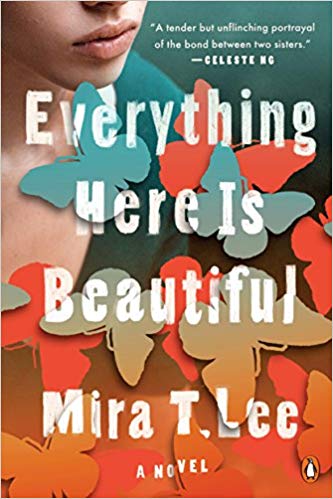

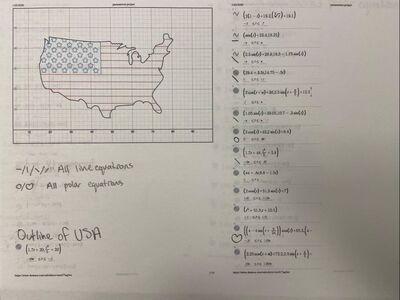
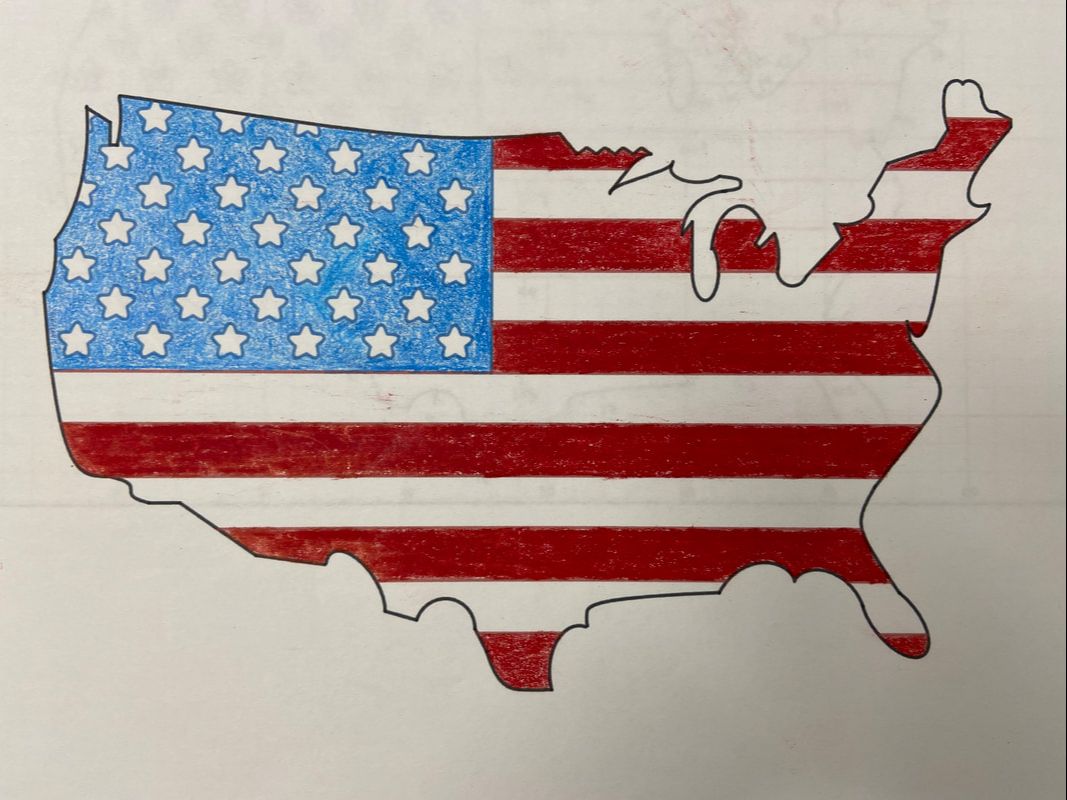

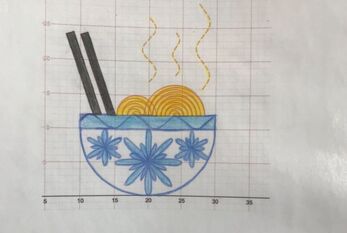
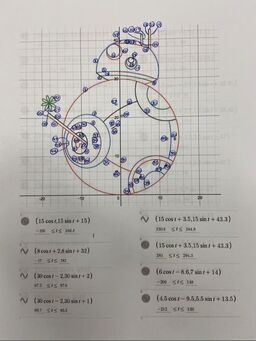
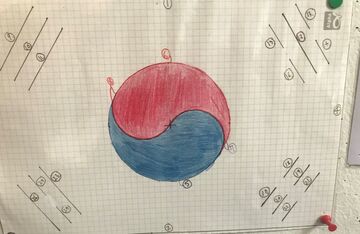
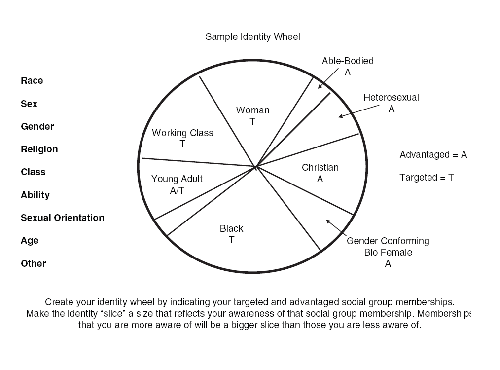
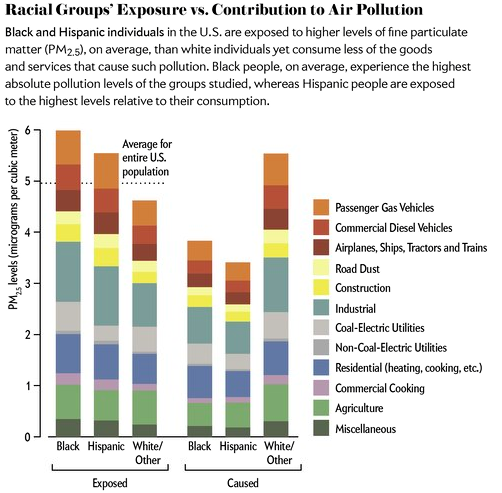
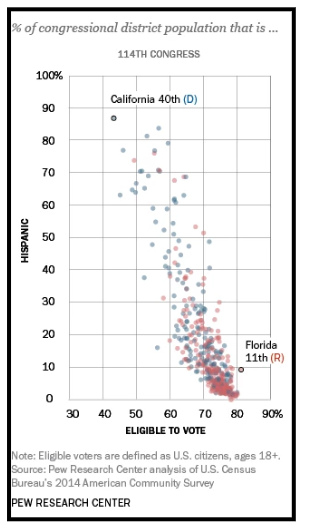
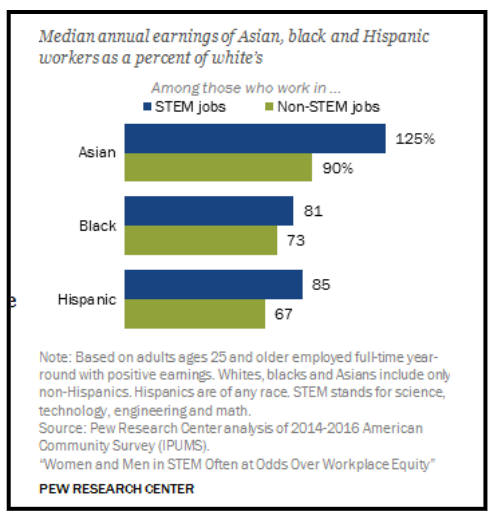
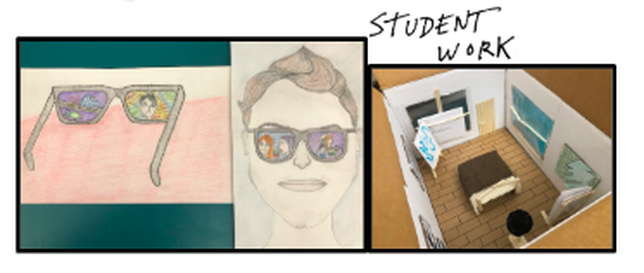

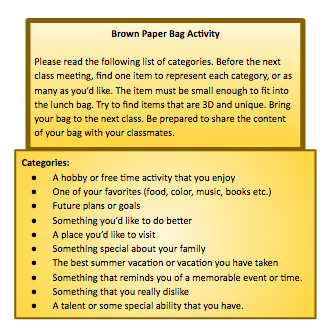
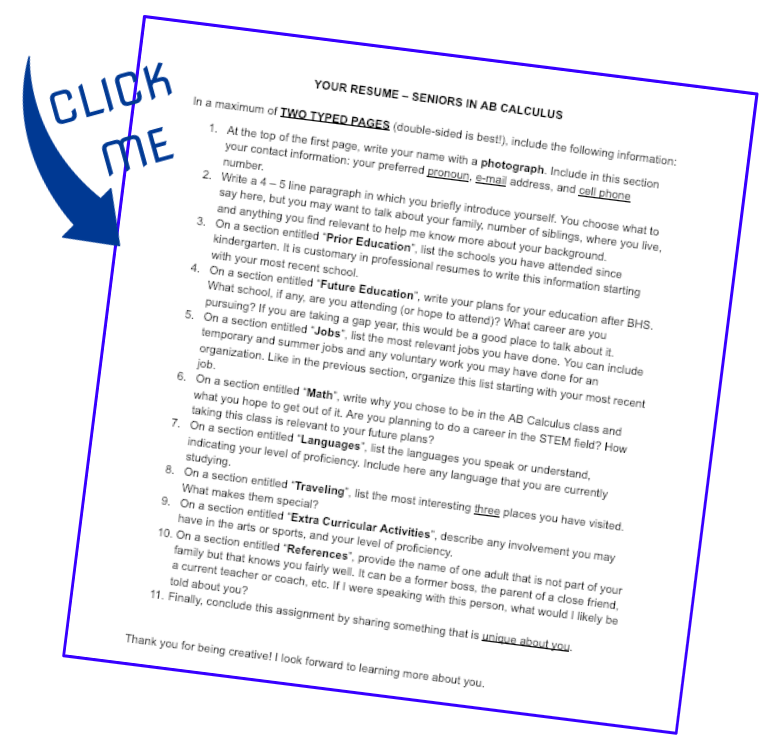
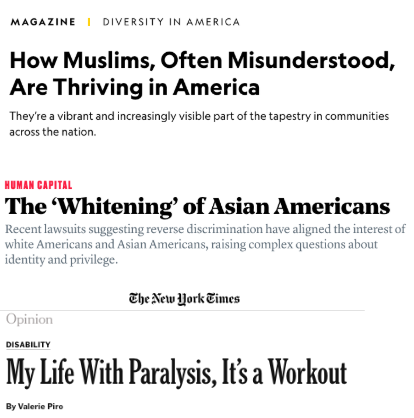
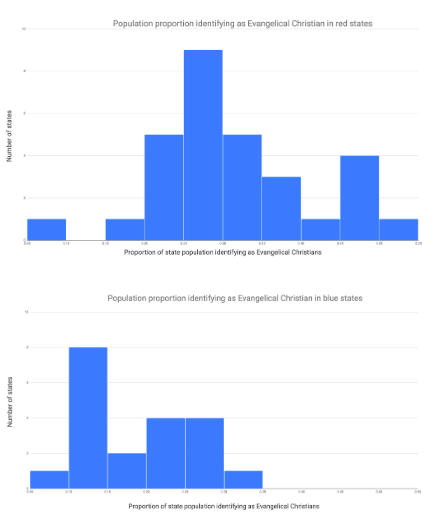
 RSS Feed
RSS Feed
